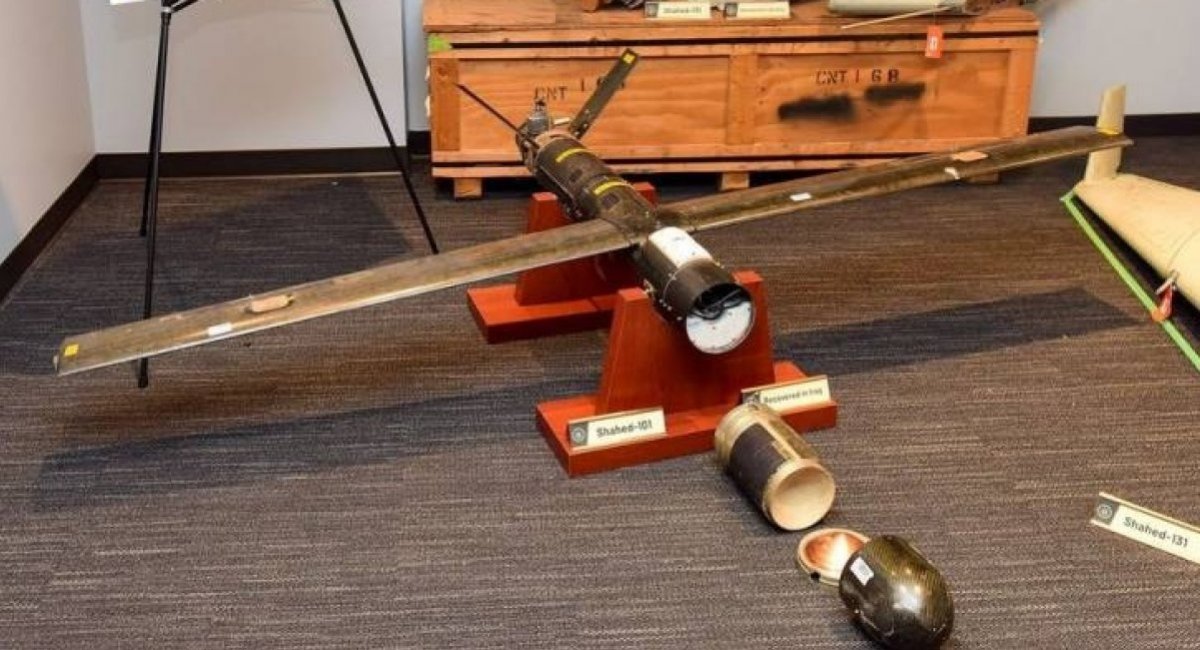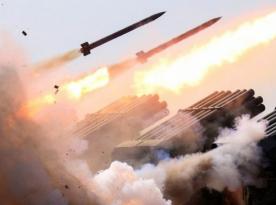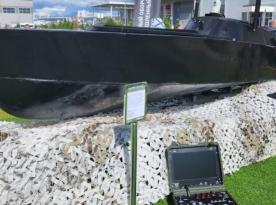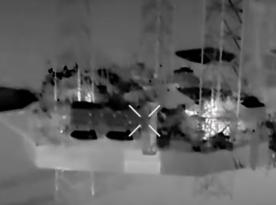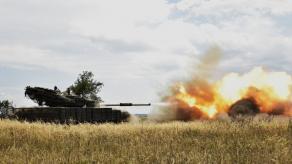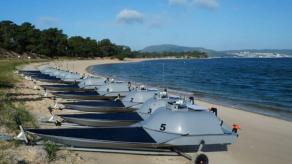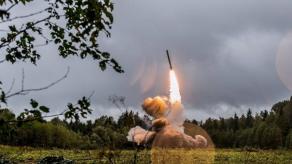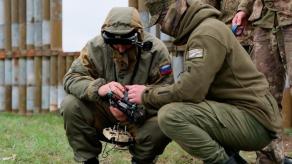Recent photo of a downed russian kamikaze UAV, shared on social media, shows an aerial vehicle that visually resembles the Iranian Shahed-101. Similar drones have been observed in use by Yemeni Houthis and Hezbollah.
While the time and location of this finding remain unknown, the possibility that russian forces are now employing another type of long-range attack drone calls for close attention to this incident.
Read more: russia Has Enhanced the Shahed-136 Drone with New Technology, Different Head and Satellite Communication for Long-Range Capabilities
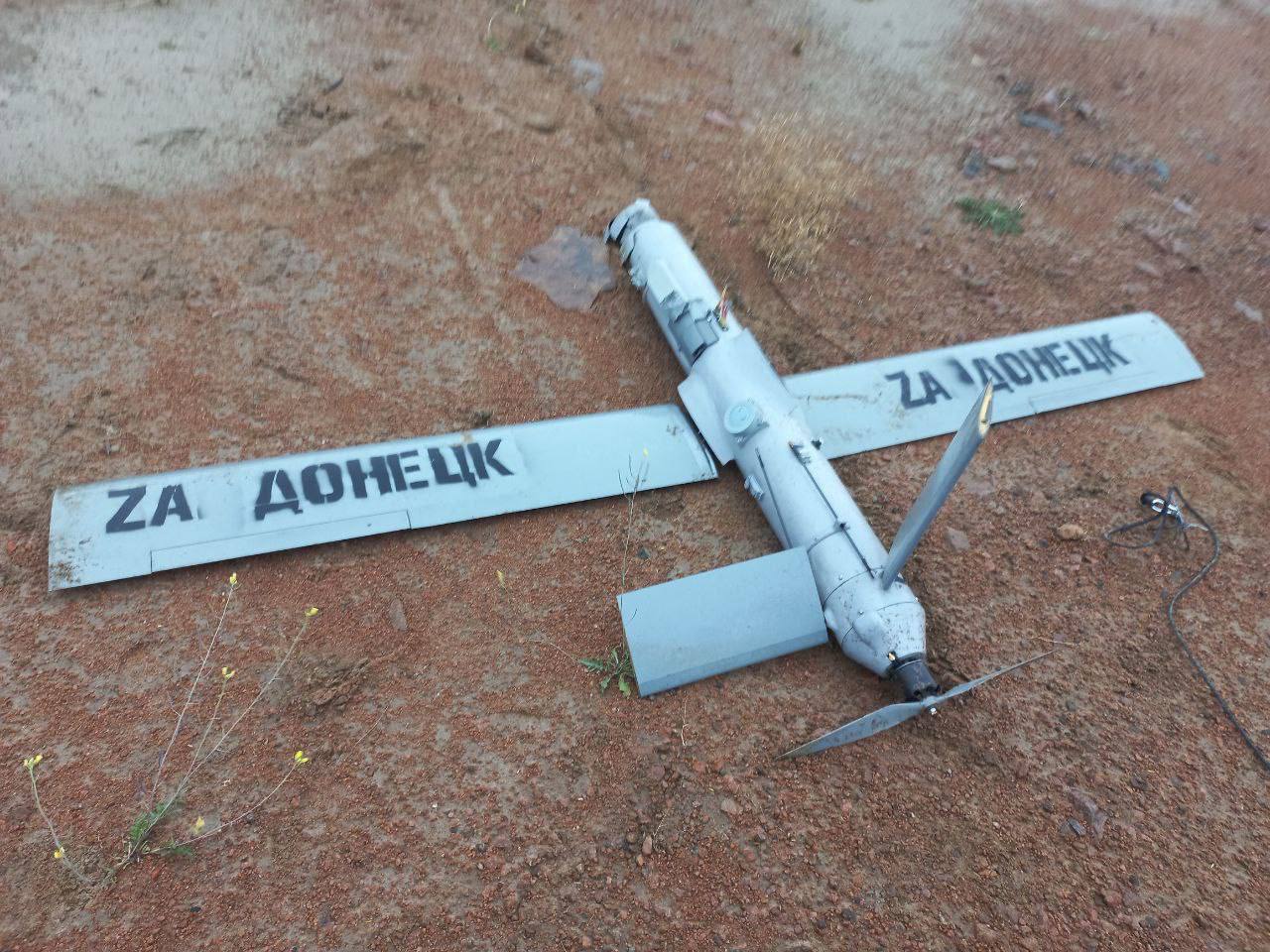
This aligns with a report from Sky News in January 2024, which claimed that Iran had supplied russia with an improved version of the Shahed-101, designated Shahed-107, boasting a range of 1,500 kilometers and said to be capable of targeting Western rocket artillery systems like the M142 HIMARS or M270 MLRS.
At that time, additional sources suggested that russia's Alabuga industrial zone was preparing to manufacture these drones under the name 101R.
The specifications of the 101R reportedly include three parameters, key to understanding the role and potential missions of these UAVs on the battlefield: a flight range of 1,400 kilometers, an operational range of 600 kilometers, and a video signal link range of 50 kilometers.
Adding the characteristics of the 101P drone mentioned by Alabuga. It appears to be a Shahed 101 kamikaze drone used earlier in an attack against a US base near Erbil. 101P info in Russian: translation by DeepL pic.twitter.com/PXtnr1LDjM— David Albright (@DAVIDHALBRIGHT1) January 14, 2024
Importantly, this recently released photo is so far the first public evidence suggesting the possible presence of the Shahed-101, or a variant, in russian service. However, it does not yet allow for an adequate assessment of whether russia has begun mass production of these drones.
The Shahed-101 has a warhead weighing 8 kilograms, which technically makes it an Iranian analog or even competitor to russia's indigenous Lancet drone. It's possible that the russian military is currently evaluating which kamikaze UAV to prioritize in future operations and investments — the familiar and time-proven Lancet or the new Shahed-101, aka 101R.
Adding to this context is a report from the Israeli research center ALMA, which notes that the Shahed-101, in the configuration available to Hezbollah, has a strike range of 900 kilometers but lacks video cameras for target guidance and is equipped with a wooden propeller, negatively affecting its aerodynamics.
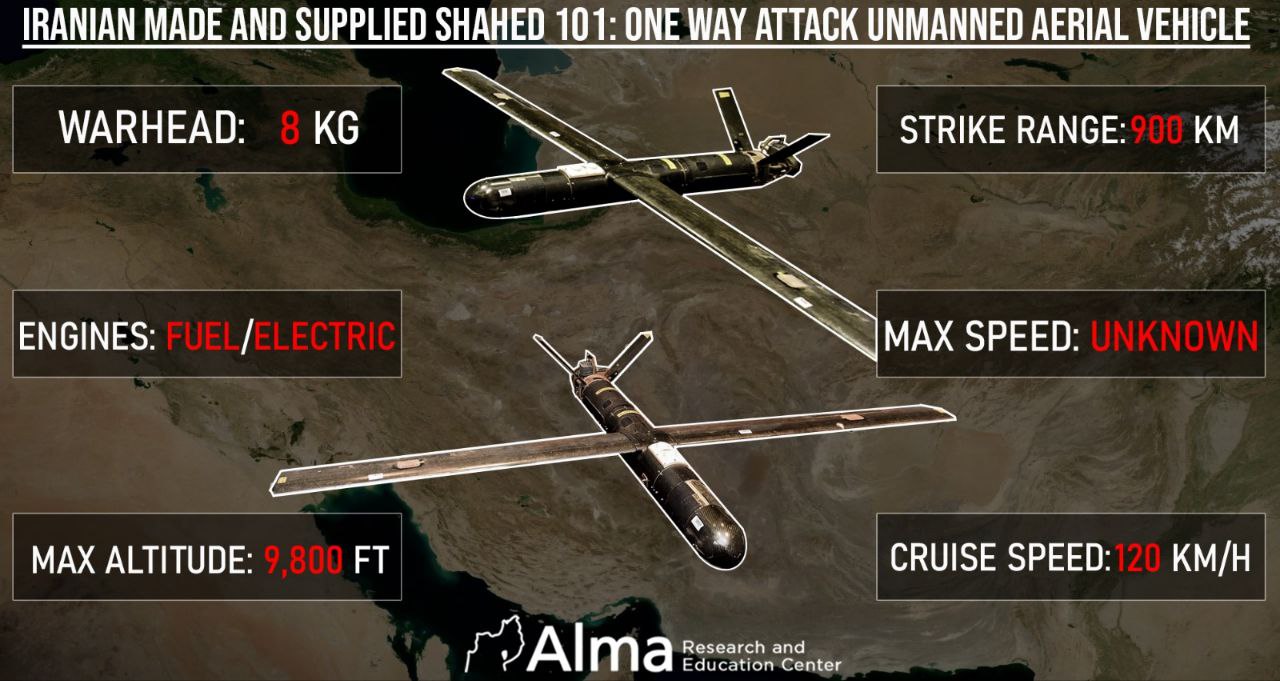
Despite these drawbacks, ALMA researchers emphasize that Hezbollah's Shahed-101 is specifically designed for mass production, even in makeshift workshops, although this comes at the cost of reduced performance.
Read more: A Detailed Photo of russian Shahed Drones' Position Explains Why They Are Difficult to Shoot Down at Launch



